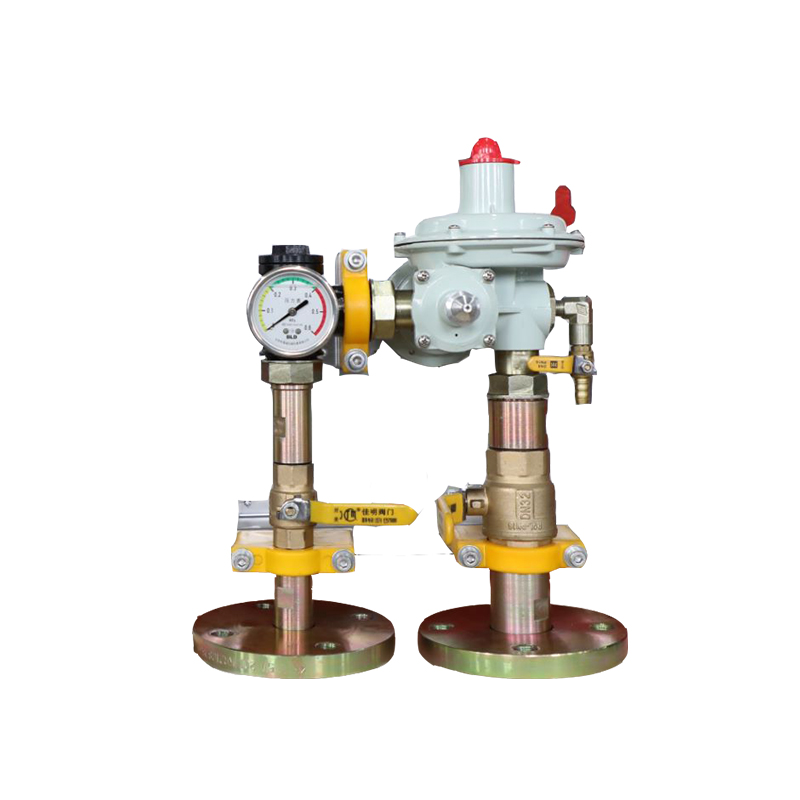
10 月 . 31, 2024 00:00
Back to list
صمام الغاز الطبيعي
Understanding Natural Gas Regulators The Heart of Gas Systems
Natural gas is a crucial energy source that powers homes, industries, and transportation systems worldwide. Among the key components in the system of natural gas delivery are the natural gas regulators, which play a vital role in ensuring the safe and efficient use of gas. This article will delve into the significance, functions, and types of natural gas regulators.
What is a Natural Gas Regulator?
A natural gas regulator is a mechanical device that controls the pressure of natural gas as it passes from the main supply line into residential or industrial pipelines. Its primary function is to reduce the high pressure of the gas in the supply line (which can be hundreds of pounds per square inch) to a safe, usable pressure (typically around 7 inches of water column) for residential or commercial applications.
Importance of Natural Gas Regulators
.
1. Safety By regulating pressure, these devices help prevent leaks and potential explosions caused by excess pressure in pipes. 2. Efficiency Proper regulation ensures that the gas flows at an optimal pressure for appliances to function properly, thus minimizing waste and improving overall energy efficiency. 3. Longevity of Equipment Consistent pressure helps machinery and appliances operate smoothly, reducing wear and extending their lifespan.
صمام الغاز الطبيعي

How Do Natural Gas Regulators Work?
Natural gas regulators work based on a simple principle they maintain a consistent outlet pressure regardless of the inlet pressure variations. When gas flows into the regulator, the diaphragm within the device senses the pressure level. If it detects that the pressure is too high, the diaphragm pushes against a spring, which partially closes the inlet, reducing the gas flow until the pressure drops to the desired level. Conversely, if the pressure drops too low, the mechanism opens to allow more gas to flow through.
Types of Natural Gas Regulators
There are several types of natural gas regulators, each designed for specific applications
1. Two-Stage Regulators These are common in residential and commercial applications. The first stage reduces the high pressure from the mains to an intermediate level, and the second stage further reduces it to the final working pressure. 2. Single-Stage Regulators These are typically used in low-pressure applications. They provide a direct reduction of pressure but are less efficient than two-stage designs in managing pressure fluctuations. 3. Back Pressure Regulators These maintain a preset level of pressure in a system, allowing the excess to be relieved to maintain safety.
Conclusion
Natural gas regulators are essential components of gas distribution systems, ensuring safe and efficient delivery of energy. Understanding their function and importance can enhance awareness of energy conservation practices and safety measures in both residential and industrial settings. As the demand for natural gas continues to grow, the role of regulators in managing its delivery will only become more critical, underscoring the need for proper installation and maintenance for optimal performance. Whether in your home or at a facility, take a moment to appreciate the vital role of these unassuming devices in our daily lives.
Next:
Latest news
-
Unlocking The Quality Gas Pressure ReducersNewsNov.01,2024
-
The Role of Gas Pressure Reducing StationsNewsNov.01,2024
-
The Importance and Functionality of Safety Relief ValvesNewsNov.01,2024
-
The Essential Role of Safety Valves in Natural Gas ApplicationsNewsNov.01,2024
-
The Essential Role of Gas Pressure RegulatorsNewsNov.01,2024
-
Enhance Your Premium Gas FiltersNewsNov.01,2024

